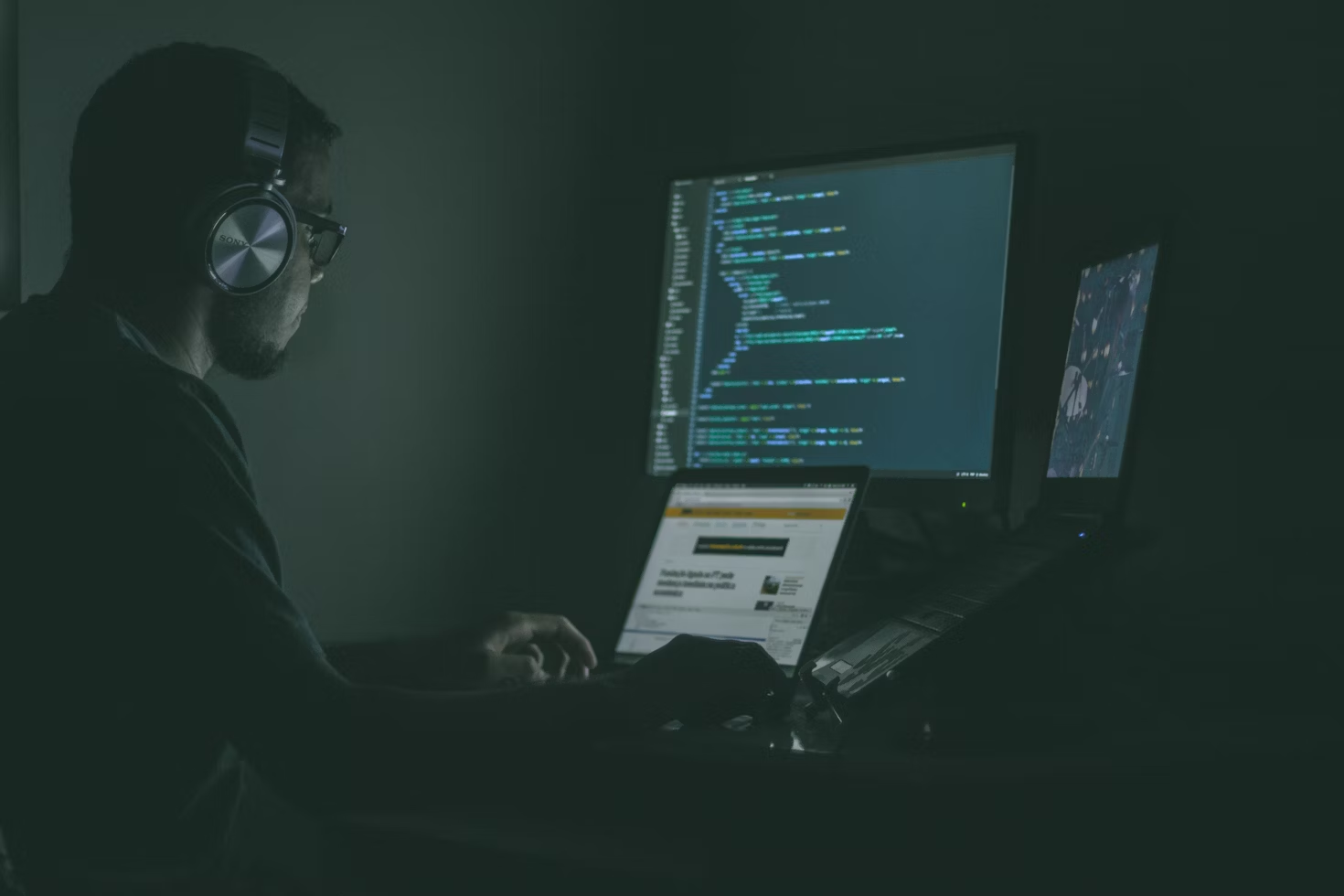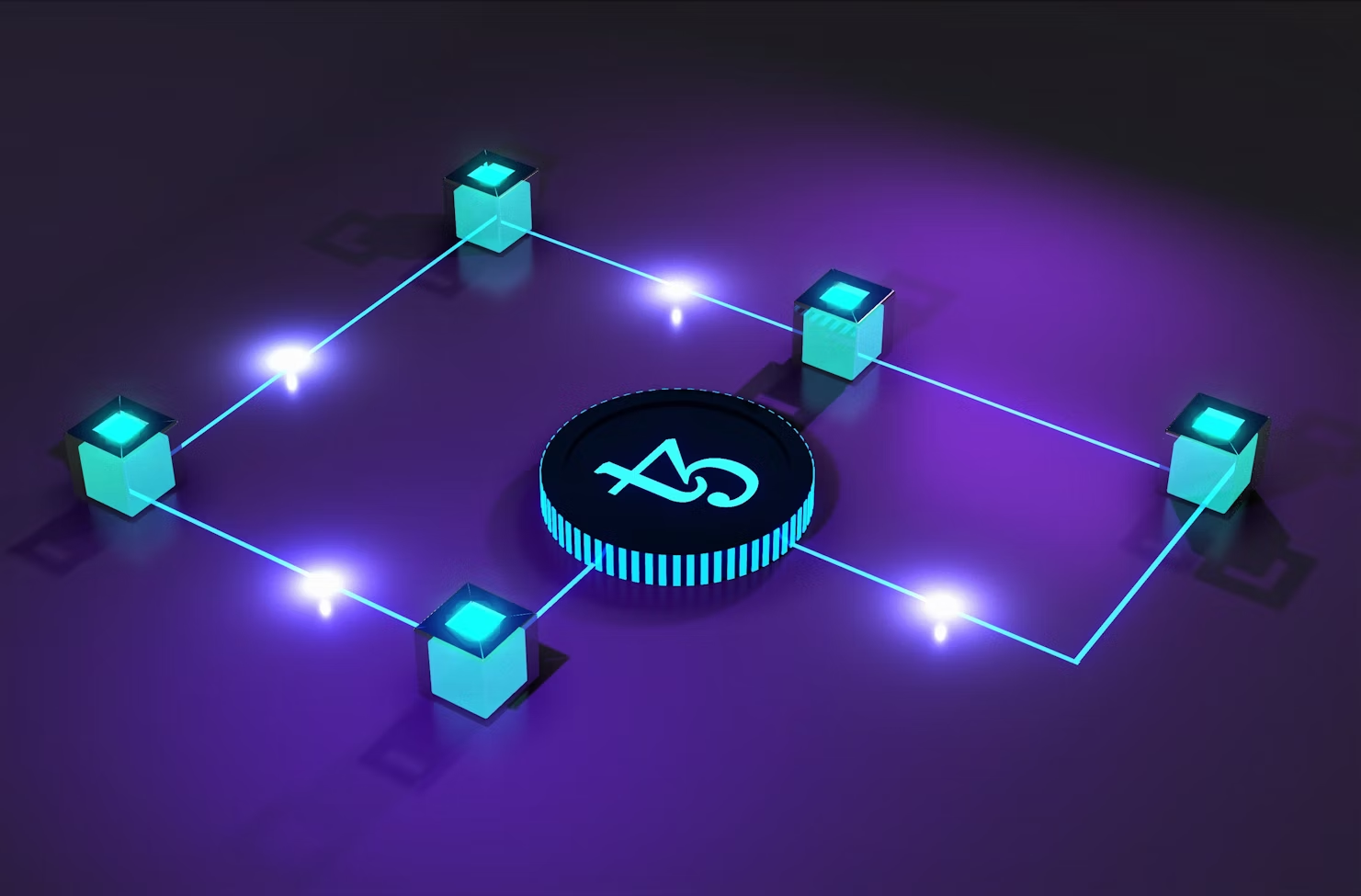As we approach 2025, cybersecurity is becoming more crucial than ever. With the rise of sophisticated cyberattacks and the growing reliance on digital infrastructure, businesses and individuals must rethink how they approach data protection. The traditional methods of securing systems, while effective, are no longer enough to address the rapidly evolving threat landscape. Artificial Intelligence (AI) will play a critical role in revolutionizing cybersecurity over the next few years, offering smarter and faster solutions to combat emerging threats.
AI-Powered Threat Detection
One of the most exciting ways AI is transforming cybersecurity is through AI-powered threat detection. Traditional methods rely heavily on pattern-based detection, looking for known threats and vulnerabilities. However, this approach is not effective against newer, more sophisticated attacks that don’t fit a known pattern.
AI, on the other hand, uses machine learning to analyze vast amounts of data and recognize patterns that would be difficult for human analysts to detect. By 2025, AI-driven cybersecurity systems will be able to predict, identify, and neutralize threats in real time. These systems will use deep learning algorithms to continuously monitor network traffic, detect anomalies, and automatically respond to potential security breaches.
For example, if an attacker attempts to breach a network by using a new method that has never been seen before, an AI system can analyze the behavior of the attack and flag it as suspicious. This level of proactive defense is essential in staying ahead of cybercriminals who are constantly evolving their tactics.
Automated Incident Response
In addition to identifying threats, AI will also enhance incident response by automating much of the process. When a cyberattack occurs, organizations often need to respond quickly to mitigate damage. This requires a combination of manual labor, tools, and processes, which can be slow and prone to human error.
AI can automate key tasks in the response process, such as isolating compromised systems, analyzing attack vectors, and deploying countermeasures. By 2025, AI-driven systems will be able to quickly understand the nature of an attack and take the necessary steps to neutralize it before significant damage is done. This automated response will minimize the impact of cyberattacks, reduce response times, and help organizations recover faster.
While AI can handle routine incident responses, human cybersecurity experts will still be needed to oversee more complex cases and provide strategic guidance. The combination of AI and human expertise will ensure a balanced and effective cybersecurity approach.
AI in Predictive Cybersecurity
AI will also revolutionize predictive cybersecurity by analyzing historical data and identifying potential vulnerabilities before they can be exploited. Predictive models will use AI to forecast where and when attacks are most likely to occur. This approach will help organizations harden their defenses and mitigate risks proactively.
For example, AI models can predict when and how a phishing attack might be launched based on patterns and behaviors from previous incidents. By analyzing global threat intelligence, AI systems will be able to offer real-time risk assessments to identify weak points in an organization’s infrastructure. This proactive approach to cybersecurity will enable businesses to address potential vulnerabilities before they are exploited by cybercriminals.
The Role of AI in Protecting Personal Privacy
With the growing concerns over data privacy, AI will play an increasingly important role in safeguarding individuals’ personal information. By 2025, AI will be instrumental in enhancing privacy protection in both public and private sectors. AI can identify potential privacy breaches, such as unauthorized access to sensitive personal data, and immediately take action to protect it.
For instance, AI could detect patterns of data access that appear unusual or suspicious and automatically encrypt sensitive files, making them inaccessible to unauthorized users. Additionally, AI-driven privacy-enhancing technologies (PETs) will help individuals manage their own privacy preferences and ensure that companies comply with data protection regulations like GDPR.
As we continue to rely on digital services and technologies, AI’s ability to protect personal privacy will become more important in maintaining trust and preventing data breaches.
Conclusion
AI will be a game-changer in the fight against cyber threats by 2025. With its ability to detect, prevent, and respond to cyberattacks in real-time, AI will empower businesses and individuals to strengthen their defenses and protect valuable data. Automated threat detection, incident response, predictive cybersecurity, and privacy protection will all benefit from AI’s capabilities, creating a safer digital world for everyone.
As cybersecurity continues to evolve, organizations must adapt to new technologies and prioritize AI-driven solutions to safeguard against the increasingly sophisticated threats of tomorrow. By doing so, we can ensure that our digital lives remain secure in an ever-connected world.




